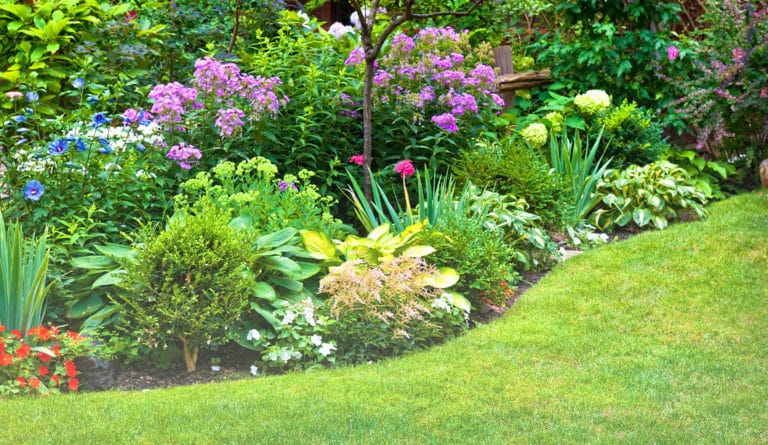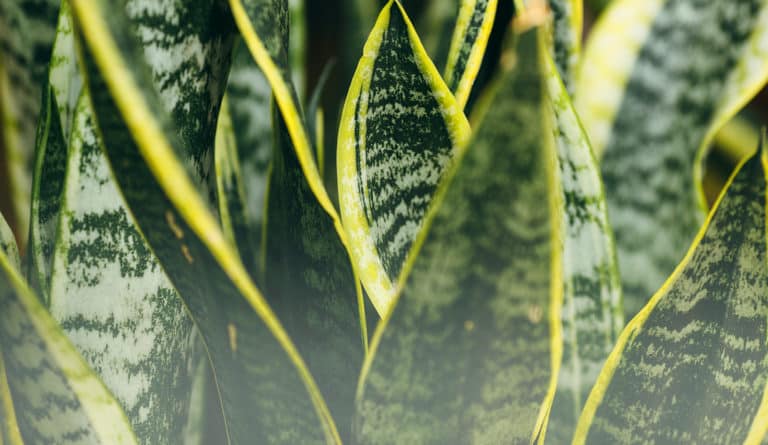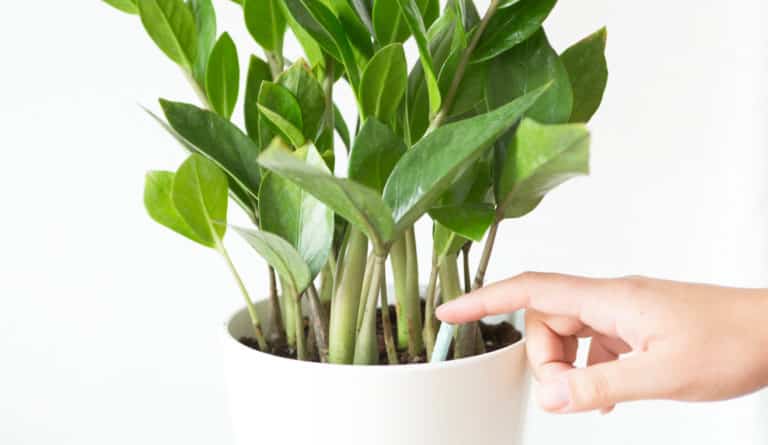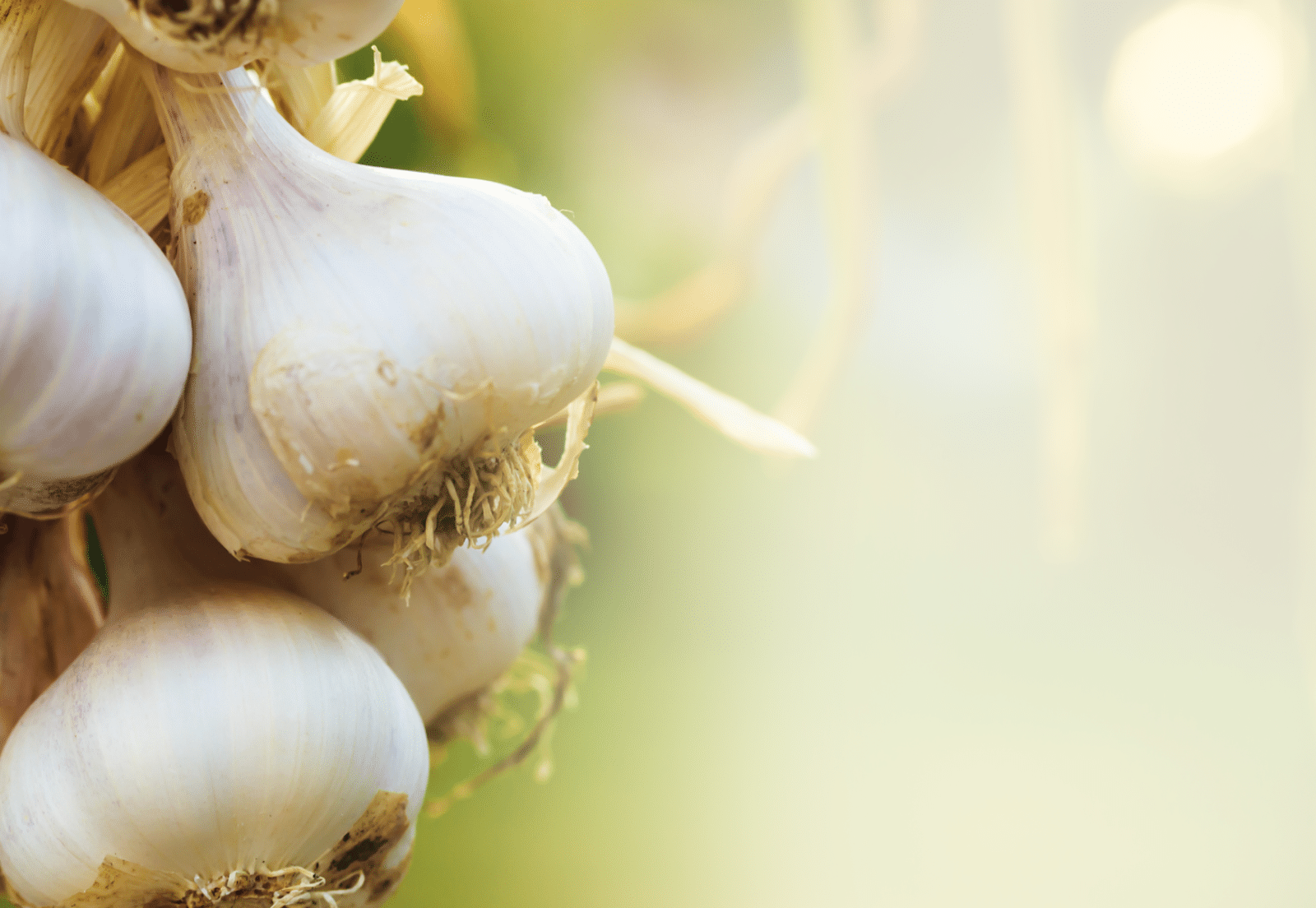
garlic
aka allium sativum
Garlic is one of the most commonly used vegetables in cooking. It offers a variety of health benefits and can be consumed in a myriad of ways including cooked, preserved in oil or even eaten raw.
variations
There are about 11 different types of garlic. They are classified as “hard neck” or “soft neck” variations.
light
full sun
Plant in a place where they can get 6 – 8 hours of sun
water + feeding
not too thirsty
It’s best to water deep, but garlic only requires between a half to a full inch of water per week.
toxic
yes and no
Garlic is toxic for cats and dogs, but delicious for humans
size
small-ish
Average garlic bulbs have about 6-10 cloves, but their foliage can reach up to 2ft in height.
pro tip
plant in the fall
Plant your garlic 4 – 6 weeks prior to first frost
fun fact
keeps more than vampires away
Garlic is known as one of the healthiest foods, containing healing properties such as: anti blood coagulation, antioxidant, antiviral, antimicrobial, lowers cholesterol, reduces blood pressure, anticancer properties and can be used to help fight off colds.
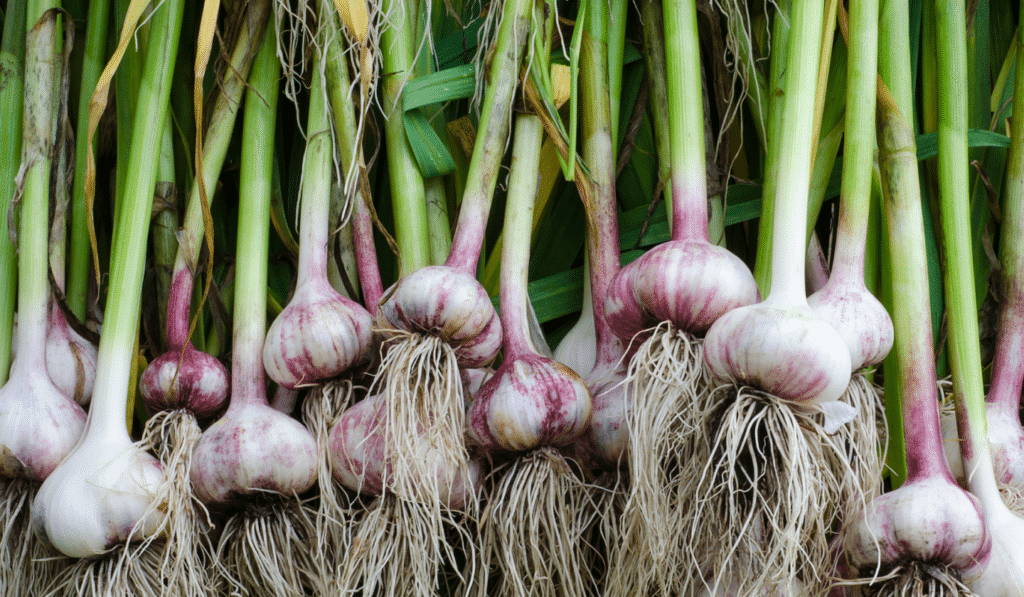
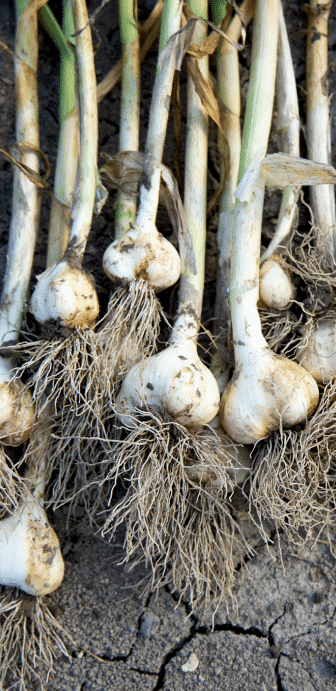
beyond the basics
-
soil + planting
Plant garlic cloves 4 to 8 inches apart, and about 2 inches deep. Be sure you plant the cloves with the root side pointing down. Your garlic needs well-draining soil, such as Miracle-Gro® All Purpose Garden Soil. Add a little compost to bump up the nutrients of soil.
-
companion planting
Garlic can be planted next to other veggies such as beets, celery, lettuce, potatoes, strawberries or even tomatoes. It’s best to avoid planting near peas or beans.
-
harvesting
Once your garlic has sprouted some leaves, and a few of the lower leaves have turned brown, your garlic is ready to pick. The only way to tell is to pick a few bulbs as a test. If the cloves have filled the skin, they’re ready to harvest. Be sure not to let them wait too long once you notice the lower leaves browning, otherwise the protective layers around the cloves will be too thin. This means the garlic won’t store well.
-
pest control
White rot is a common disease that can wipe out an entire garlic crop. This is identified by little poppy seed sized bumps on the stem, and white fuzzy growth on the bottom of the bulb. If left untreated it can remain in the soil for many years. Keep an eye out for symptoms from mid-summer to autumn. If you’re noticing this has been a problem where you’re planting, apply a fungicide. For best results, apply the fungicide in a 6 inch band over the planting trench. This should happen immediately before planting.
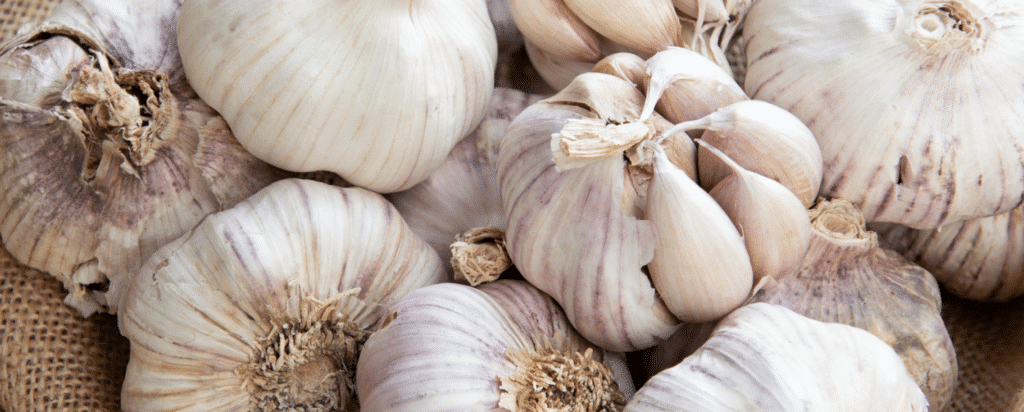
troubleshooting
-
why is my garlic drooping and brown?
Could be time to harvest. When garlic is ready to be harvested, a few of the bottom leaves will turn brown and droop. The easiest way to tell if your garlic is ready to harvest is to count back. Garlic needs about 240 days to mature.
-
no, really why is my garlic drooping?
Nutrient problems. Your soil could be lacking in some key nutrients like nitrogen, potassium, calcium, and magnesium. Consider using a plant food like, Miracle-Gro® Shake ‘N Feed® Tomato, Fruits & Vegetables Plant Food.
-
why is my garlic not sprouting?
Extreme weather conditions. Sometimes after a particularly harsh winter, garlic crops can come out a bit crumpled or very small. One way to prevent this is to water and mulch immediately after planting. Be sure not to add too much mulch though! Too much mulch applied too late in the season will insulate the ground and delay it from going dormant. This can cause root rot once the real cold weather sets in.
related articles
Become a contributor.
